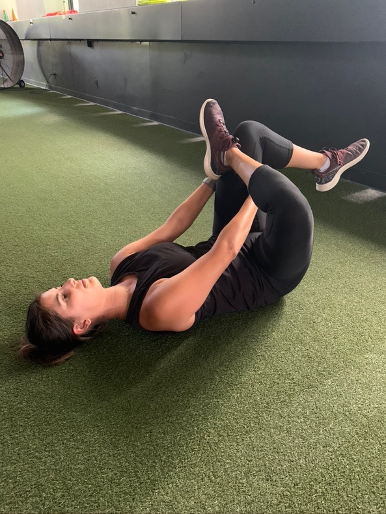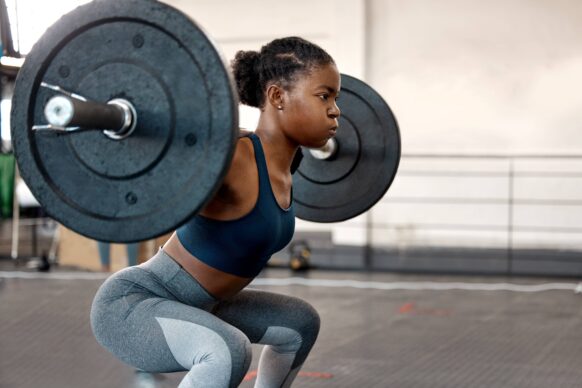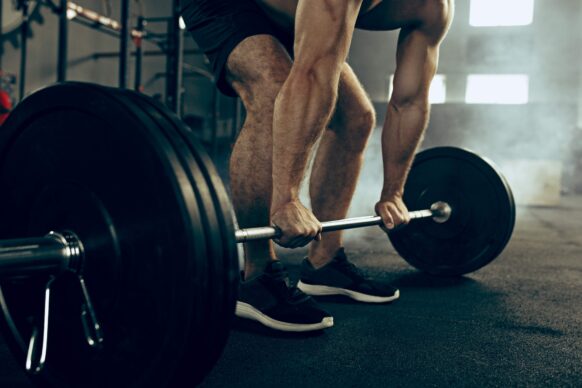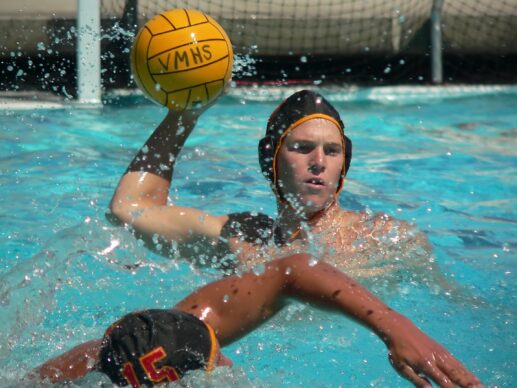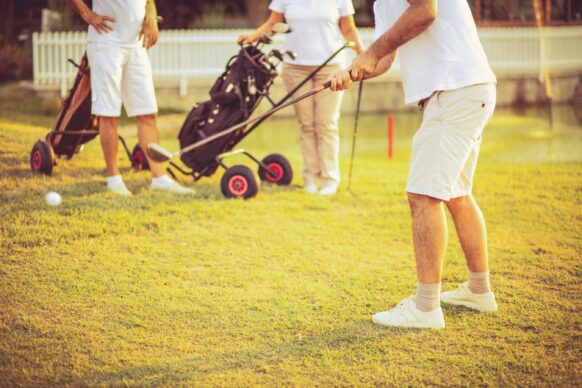by Jacqueline Birdsall, DPT, TPI
The golf swing is an explosive, complex movement requiring extensive mobility, stability, strength and power and combining into a kinematic sequence to create the swing. When one part of the sequence breaks down in the kinetic chain, it can lead to injury or create a fault in the movement/swing.
Hip mobility is not only essential for overall health of the joint, but also for the golf swing itself. Having adequate hip mobility will help decrease risk of injury and help create an efficient and consistent swing. The hip joint is challenged through all planes of motion, from flexion to extension to rotation throughout different parts of the swing. Lack of hip ROM can lead to common swing faults, injury and cause inconsistency with ball striking, including pushing the ball, casting, loss of power and more. Additionally, If the hip joint is not mobile, it can lead to stress of adjacent joints, such as low back and knee. Low back injuries are the most common injuries in golf and can often be associated with hip mobility deficits.
If you’re interested, try this lower quarter screen!
Lower Quarter Rotation Test
1. The Lower Quarter Rotation Test measures rotation of lower extremity from hip down to mobility of foot for golf swing.
2. Take a 6 iron and another club and align the shaft along the angle of the club head (around 60 degree angle.)

3. Perform this test without shoes and get into single leg stance.
4. Once in single leg stance, you can drop the other foot down for balance, but keep majority of weight on the stance leg.
5. Rotate full body on foot to the left and then follow on right. The goal is to rotate greater than 60 degrees bilaterally.
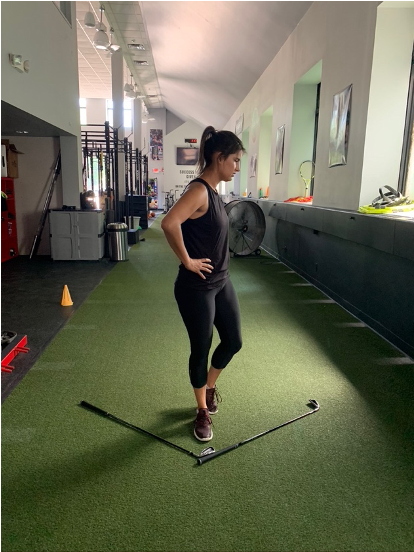
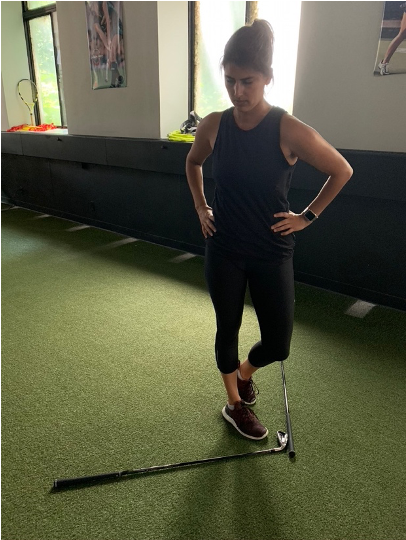
How did you perform on the lower quarter rotation test? TPI stated most players are less than 40 degrees for amateur players, whereas PGA tour players are generally around 60 degrees. As we discussed above, loss of hip ROM during the swing can lead to pain, loss of power and more. If you find that you come short of 60 degrees and/or experience pain, you may benefit from a PT consult to consider the multiple reasons behind not achieving full ROM.
Hip internal and external rotation are needed at each hip during different parts of the swing. During the back swing, the rear hip internally rotates and the lead foot externally rotates. As you approach the ball, it switches; the rear hip externally rotates as the lead hip internally rotates throughout the finish. If you had no pain with the above test, try this 90/90 hip stretch which address each motion at the same time.
90/90 Hip Stretch
Start on floor with your left leg directly in front of you with knee bent at 90 degrees. Right leg will be abducted to 90 degrees and knee into 90 degrees flexion. Try the other side by switching the legs. To progress that stretch, lean forward or rotate over the front leg.
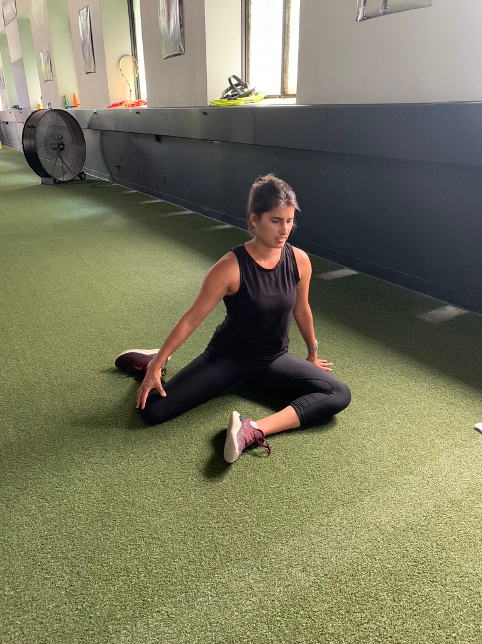
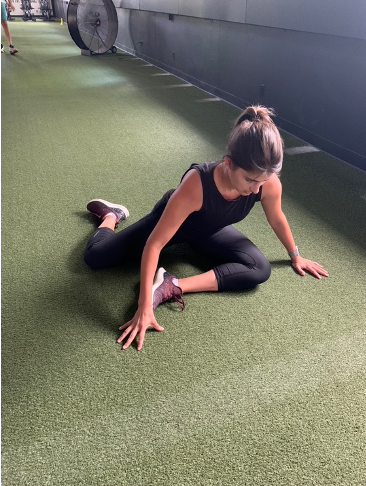
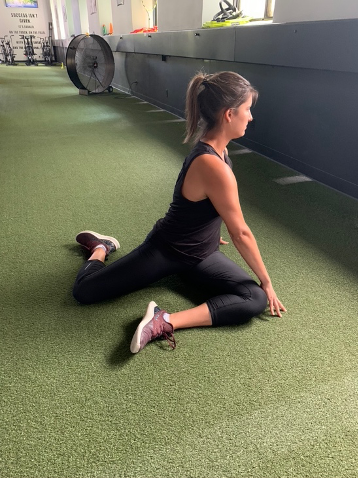
½ Kneeling Psoas Stretch (3 reps x 30 sec hold)
Start kneeling on the floor. Bring one knee in front of other knee and keep trunk upright. For a deeper stretch, tuck the tail bone under into posterior pelvic tilt.

Figure 4 Stretch (3 reps x 30 sec hold)
Start lying on your back with both knees bent. Cross one leg over the knee to make a figure 4 and gently press knee away from body for a hold. For a deeper stretch, pull your uncrossed leg towards your chest.
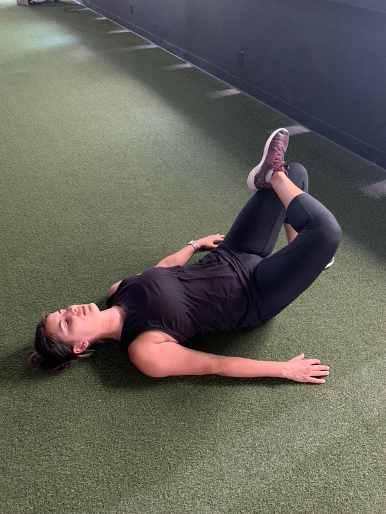
Try these exercises out. If you notice any pain or inconsistency, please reach out for an appointment with a physical therapist!
